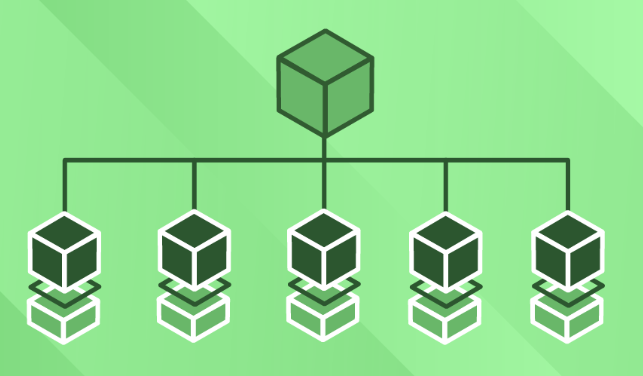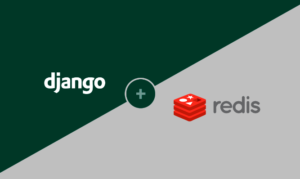Building a scalable and resilient backend with Java and Spring Cloud involves leveraging the capabilities of Spring Cloud to implement microservices-based architecture and incorporate various resilience patterns. Here’s a step-by-step guide to help you achieve this:
- Decompose the Application:
Identify the different business capabilities within your application and decompose them into individual microservices. Each microservice should focus on a specific functionality or domain. - Use Spring Boot for Microservices:
Develop each microservice using Spring Boot, which provides a robust foundation for building Java microservices. Spring Boot simplifies the setup and configuration of microservices, allowing you to focus on the business logic. - Implement Service Discovery with Eureka:
Use Spring Cloud Eureka for service discovery. Eureka allows microservices to register themselves and discover other services dynamically. This enables seamless communication and scalability. - Load Balancing with Ribbon:
Integrate Spring Cloud Ribbon for client-side load balancing. Ribbon automatically distributes requests across instances of a microservice, improving performance and scalability. - Externalized Configuration with Spring Cloud Config:
Utilize Spring Cloud Config to externalize configuration settings for each microservice. This approach enables centralized management and dynamic configuration updates without redeploying the services. - Circuit Breaker with Hystrix:
Implement circuit breaker patterns using Spring Cloud Hystrix. Hystrix provides fault tolerance and resilience by isolating failures and preventing cascading failures within the system. - API Gateway with Spring Cloud Gateway or Zuul:
Employ a gateway service like Spring Cloud Gateway or Zuul to handle API routing, security, and rate limiting. This consolidates the entry point for external requests and enables centralized control. - Distributed Tracing with Spring Cloud Sleuth and Zipkin:
Incorporate Spring Cloud Sleuth and Zipkin to enable distributed tracing across microservices. This allows you to track and analyze requests as they traverse through multiple services, aiding in troubleshooting and performance optimization. - Scaling with Kubernetes or Docker Swarm:
Utilize container orchestration platforms like Kubernetes or Docker Swarm to scale and manage your microservices. These platforms enable automatic scaling, load balancing, and high availability for your backend services. - Implement Resilience Patterns:
Apply additional resilience patterns such as retries, timeouts, and circuit breaker configurations within your microservices. Spring Cloud provides libraries like Resilience4j and Netflix Hystrix for implementing these patterns. - Monitor and Observe:
Use monitoring and observability tools like Prometheus, Grafana, or ELK Stack (Elasticsearch, Logstash, Kibana) to monitor the health, performance, and logs of your microservices. This helps identify and address issues proactively. - Continuous Integration and Deployment:
Implement CI/CD pipelines using tools like Jenkins or GitLab CI/CD to automate the building, testing, and deployment of your microservices. This ensures consistent and reliable delivery of new features and bug fixes.
By following these steps and leveraging the capabilities of Spring Cloud, you can build a scalable and resilient backend for your Java application. The microservices-based architecture, along with the provided resilience patterns, will help your application handle increased loads, failures, and maintain high availability.




